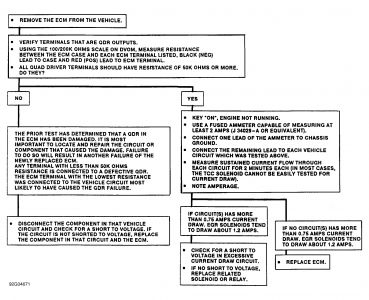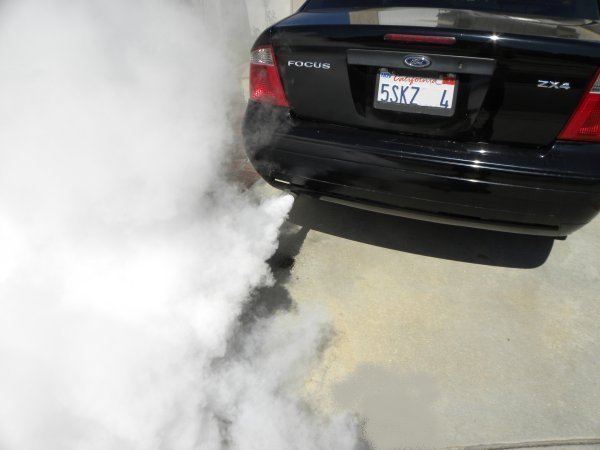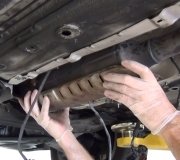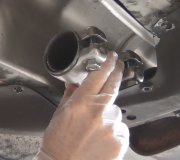Take the car to another diagnostic mechanic to have it read again the ERR message was probably his system not linking to the car ... if the ECU/PCM (powertrain control module) really is broken then it is not sending the correct signals out .. and you will never fix the car without replacing PCM ..i will include a few other checks you could do .. but you really need to get the PCM checked ?? there are ways of gettin the codes without reader .. but i would try another diagnostic first .. it is a lot easier ..
Engine delivers less power than expected. Little or no increase in speed when accelerator is pushed down.
Possible Cause & Correction
Check following items:
Ensure air filter and fuel filter are not plugged. Replace if necessary.
Check for incorrect fuel pressure. Also check for contaminated fuel.
Check shift solenoid system and TCC system for proper operation.
Check knock sensor system for excessive retard.
Check ignition control system for proper operation.
Ensure EGR valve is not open all the time.
Check exhaust system for restrictions, such as a damaged or collapsed pipe, muffler or catalytic converter.
Check charging system output. Repair charging system if voltage is less than 9 volts or more than 17 volts.
Check for A/C clutch cutout at wide open throttle.
Check MAP sensor.
Using Spark Tester (ST-125), check for available secondary voltage.
Check air induction system for restrictions.
Check engine valve timing and compression.
Ensure the installed PROM is correct for that particular vehicle. Check with dealer for latest application information.
**Check PCM grounds for clean, tight connections.
Check for incorrect or worn camshaft.
Check for excessive fuel additives.
Check for binding accelerator cable.
Check distributor vent system (if equipped).
Check engine supercharger (if equipped).
Check if engine is operating in power management mode (if equipped).
Check boost control system components and connections (if equipped).
PCM REPLACEMENT CHECK
Many test procedures and test charts in ENGINE PERFORMANCE lead to conclusion that PCM is faulty. Before replacing PCM, check driven circuits and PCM Quad-Drivers (QDR) using following procedures and accompanying flow chart. See Fig. 1 .
Using a DVOM, backprobe PCM drive circuit in question and measure pin voltage with ignition on. If system voltage is present, go to next step. If system voltage is not present, turn ignition off. Disconnect PCM connector. Measure voltage on connector terminal for suspect circuit. If low voltage is measured, check circuit for an open or short to ground. Repair as necessary. If system voltage is measured, PCM is defective.
With DVOM still backprobing PCM at suspect circuit, ground DLC "test" terminal. Monitor voltage drop on circuit for at least 2 minutes. Voltage drop should not be greater than .5 volt. Some circuits may have low voltage until DLC "test" terminal is grounded. A "switching" operation should occur. Some Torque Converter Clutch (TCC) systems have pressure switches in series with TCC solenoid. On these applications, complete this circuit by disconnecting transaxle connector and using a test light in series between transaxle connector terminals.
If voltage drops and then floats back up, this occurs when QDR circuit is going into current limiting. Check circuit current flow (.75 amp maximum, except as noted in QDR check chart). See Fig. 1 .
NOTE:For PCM-equipped vehicles, transaxle functions can only be energized through use of TECH 1 scan tool. Shift solenoids on these models will not energize when DLC is grounded

Thursday, November 13th, 2008 AT 6:03 AM




